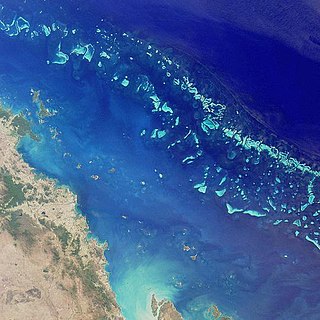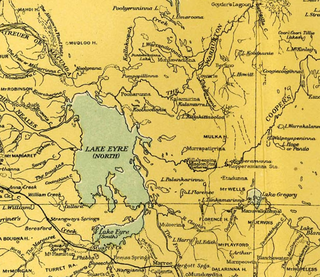
The Australian National Heritage List or National Heritage List (NHL) is a heritage register, a list of national heritage places deemed to be of outstanding heritage significance to Australia, established in 2003. The list includes natural and historic places, including those of cultural significance to Indigenous Australians such as Aboriginal Australian sacred sites. Having been assessed against a set list of criteria, once a place is put on the National Heritage List, the provisions of the Environment Protection and Biodiversity Conservation Act 1999 apply.

The UNESCO World Heritage Site Historic Monuments of Ancient Kyoto encompasses 17 locations in Japan within the city of Kyoto and its immediate vicinity. In 794, the Japanese imperial family moved the capital to Heian-kyō. The locations are in three cities: Kyoto and Uji in Kyoto Prefecture; and Ōtsu in Shiga Prefecture; Uji and Ōtsu border Kyoto to the south and north, respectively. Of the monuments, 13 are Buddhist temples, three are Shinto shrines, and one is a castle. The properties include 38 buildings designated by the Japanese government as National Treasures, 160 properties designated as Important Cultural Properties, eight gardens designated as Special Places of Scenic Beauty, and four designated as Places of Scenic Beauty. UNESCO listed the site as World Heritage in 1994.
The Australian Heritage Database is a searchable online database of heritage sites in Australia. It is maintained by the Department of Agriculture, Water and the Environment as of 2022, in consultation with Australian Heritage Council. There are more than 20,000 entries in the database, which includes natural, historic and Indigenous heritage places, held in separately maintained lists.
The Inventory of Historic Battlefields is a heritage register listing nationally significant battlefields in Scotland. The inventory was published for consultation in December 2010 by Historic Scotland, an agency of the Scottish Government, and launched as the Inventory in May 2011. Seventeen sites were included in the first phase of the inventory, with a number of other sites under consideration for inclusion at a later date. By the end of 2012 the inventory had expanded to 39 sites. The list is maintained by Historic Environment Scotland, the successor the Historic Scotland. As of 2019 there are 40 battlefields on the inventory, the most recent addition being the Battle of Sark which was listed in 2016.

The Lake Ngapakaldi to Lake Palankarinna Fossil Area is a group of fossil sites located in the Australian state of South Australia within the Tirari Desert in the north-eastern part of the state's Far North region. The group has an overall area of 35 square kilometres (14 sq mi) and is located about 70 kilometres (43 mi) east of Lake Eyre and about 100 kilometres (62 mi) north-north-east of Marree, off the Birdsville Track near Etadunna Station.
A Regional Reserve is a type of protected area used in South Australia that allows the use of natural resources in conjunction with the protected area's conservation function. This class of protected area was first used in 1988 for the Innamincka Regional Reserve and as of 2015, there are seven regional reserves that cover an area of 93,400 square kilometres (36,062 sq mi) or 9.5% of South Australia's land area.
Conservation reserves of South Australia is a class of protected area used in the Australian state of South Australia where crown land under the control of the responsible minister has been dedicated for conservation purposes. This class of protected area has been in use as early as 1985. In 2016 there were 15 conservation reserves that covered an area of 194.7 square kilometres. As of March 2022 the number had increased to 16 conservation reserves covering 193.6 square kilometres or less than 1% of South Australia's land area.
This is a list of places on the Commonwealth Heritage List in Western Australia. The Commonwealth Heritage List is a heritage register which lists places of historic, cultural and natural heritage on Commonwealth land or in Commonwealth waters, or owned or managed by the Commonwealth Government. To be listed, a place has to meet one or more of the nine Commonwealth Heritage List criteria.




